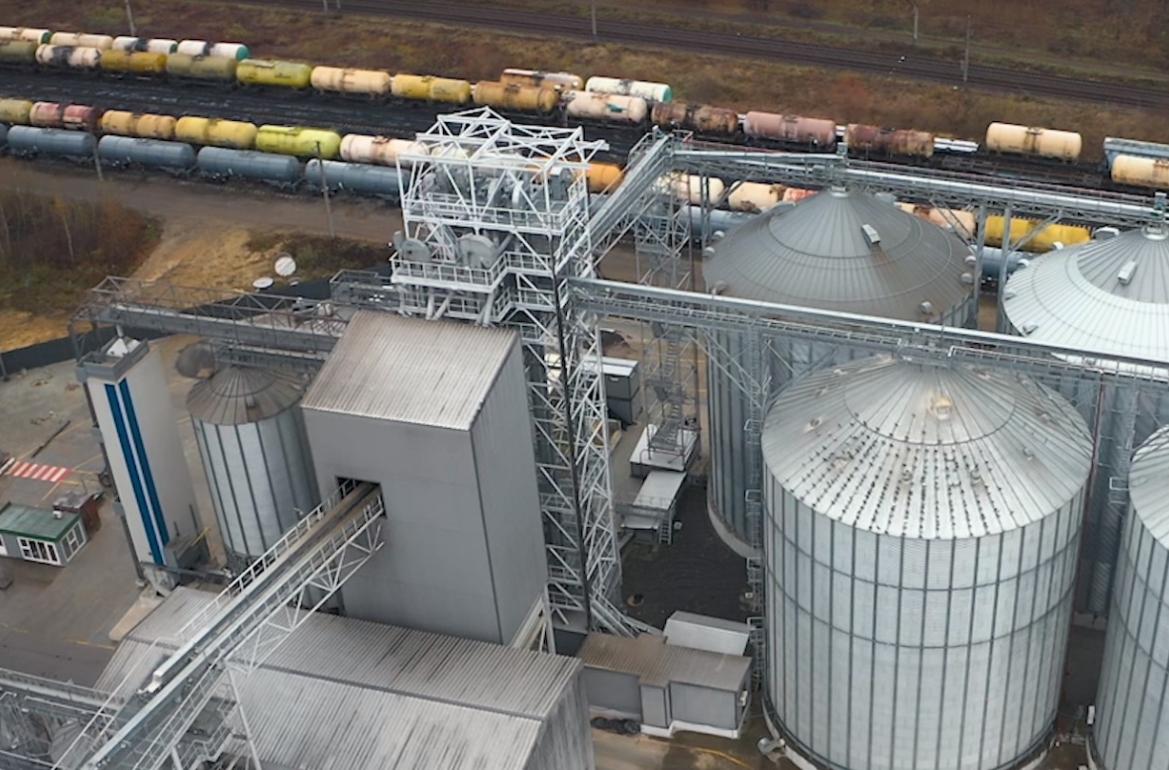Efforts to overcome the negative consequences of Russia’s armed aggression against Ukraine and to restore investment and material-technical support for agricultural production should begin immediately, said Oleksandr Zakharchuk, Head of the Investment and Material-Technical Support Department at the National Scientific Center “Institute of Agrarian Economics” and corresponding member of the National Academy of Agrarian Sciences (NAAS). He made the statement during a Bureau meeting of the NAAS Presidium.
According to calculations by the institute’s researchers, the direct losses suffered by Ukrainian agriculture due to Russia’s full-scale invasion and temporary occupation amounted to $11.2 billion as of early 2025. These include:
- $6.5 billion (58%) in destroyed or damaged agricultural machinery;
- $1.9 billion (17%) in destroyed or disabled grain storage facilities;
- $1.9 billion (17%) in stolen or lost production assets and finished goods;
- $0.9 billion (8%) in other forms of damage.
By type of equipment, the largest machinery losses are as follows:
- Tractors: approx. 30,000 units
- Combines: 2,500 units
- Seeders: 11,000 units
- Ploughs: 8,700 units
The Institute of Agrarian Economics has identified key strategies for the post-war recovery of agricultural investment and equipment capacity. These include:
- Creating an attractive investment climate for rebuilding domestic machinery production and establishing joint ventures to manufacture innovative, high-performance, and eco-friendly equipment;
- Simplifying business operations and reducing red tape;
- Implementing protectionist policies to limit imports of low-quality, underpriced equipment through quotas and higher tariffs;
- Reviving state programs to finance the recovery and development of Ukraine’s agricultural machinery industry;
- Encouraging increased production of small-scale machinery;
- Involving households and small farms in targeted state programs for agricultural development;
- Easing taxation on critical equipment imports to ensure priority access;
- Relocating agricultural machinery enterprises and their staff from combat zones and training new specialists.
Zakharchuk concluded that implementing these measures will help agricultural enterprises function and grow effectively, thereby boosting the sector’s performance and strengthening Ukraine’s food security.





















